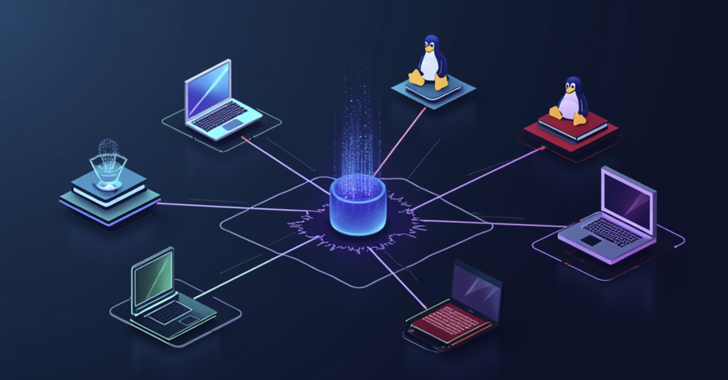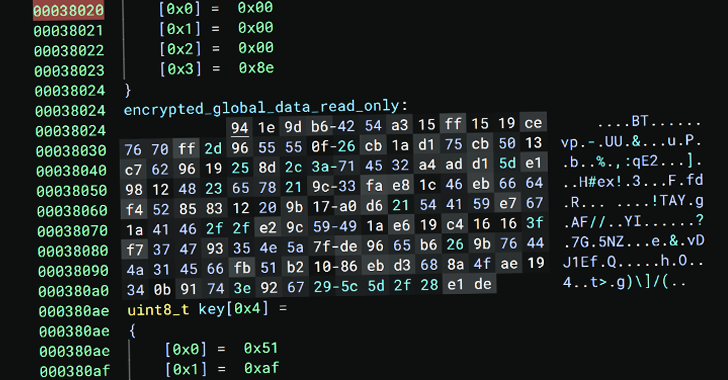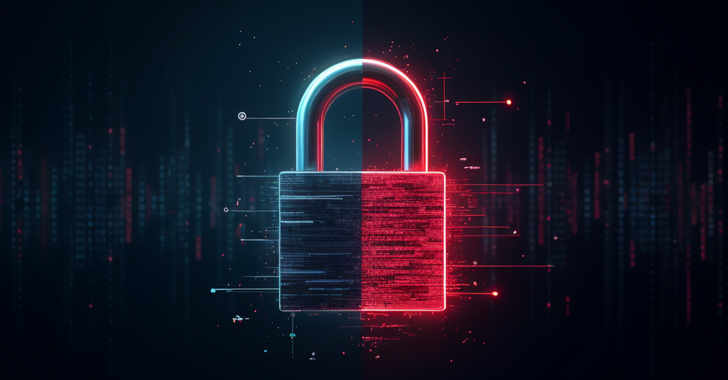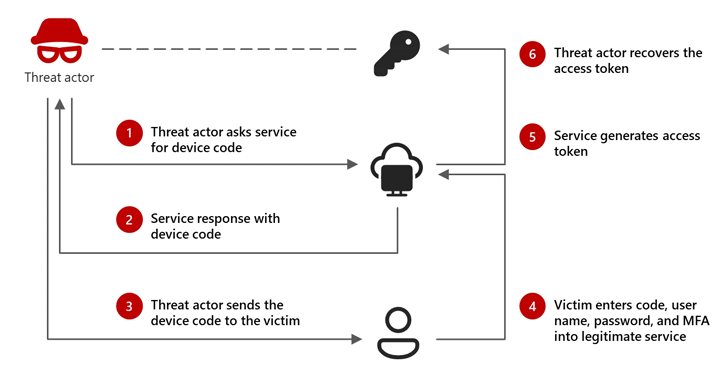[ad_1]
Stay Safe Online: Essential Tips for Safer Internet Day
The internet has become an integral part of our daily lives, connecting billions of users worldwide. With this ever-growing connectivity comes the responsibility to ensure a safer and more secure online environment. Recognizing this need, Safer Internet Day, celebrated on February 11th, is a global initiative to promote digital safety and encourage responsible online behavior.
With nearly 7 billion smartphone users worldwide and almost 60% of global web traffic coming from mobile devices, cybercriminals are increasingly exploiting people’s reliance on connectivity. Financial frauds, phishing scams, and data breaches have become rampant. In India alone, over 75% of cybercrimes in 2023 were financial frauds, with half of these cases linked to Internet banking and UPI transactions. According to government statistics, over 4.30 billion cybersecurity breaches targeting financial organizations were recorded in the first half of 2023 alone.
A report by the Reserve Bank of India (RBI) revealed that fraud cases in FY 2024 surged to 36,075, compared to 8,920 cases two years prior—a staggering 300% increase. However, the total financial loss from these frauds has decreased by 46%, indicating improved detection and prevention measures.
Safer Internet Day: How It Began
With social networking, e-commerce, and digital transactions becoming mainstream, the need for a safer digital space became evident. Safer Internet Day (SID) was initiated by the EU SafeBorders Project in 2004 and later adopted by the Insafe Network. Over the years, it has grown into a global movement spanning more than 180 countries, advocating for a more secure and positive online experience.
Each year, Safer Internet Day follows a theme to address emerging digital challenges. The 2025 theme, “Together, for a better internet,” encourages collective efforts to create a safer cyberspace. The official tagline is “Want to make the internet a better place? You can!” highlights each individual’s role in fostering online security and responsible digital citizenship.
What should be done? Tips for online safety
Measures to be taken care of to safeguard your online world. Consider these:
1. Passwords Should Be Strong
Password protection is the first form of protection you need to implement, which can be done using a strong password. However, many people still employ simple, easy-to-figure passwords, leading to online hacking and fraud. Here are some key practices for creating strong passwords:
- Make use of a variety of characters.
- Do not use common words or phrases.
- Each account should have a unique password.
2. Protecting Your Personal Information
Today, our personal information is hackers’ gold, which they do not hesitate to seize. To safeguard your data, adopt these strategies:
- Be vigilant with emails: Incorporating the data, the volume of frauds on card payment systems and internet payments escalated from 3,596 in FY22 to 29,082 in FY24. In terms of value, it rose from Rs. 155 crore in FY22 to Rs. 1,457 crore in FY21. Do not open emails from unknown sources or unrecognized senders containing unknown links or attachments.
- Keep your devices secure: This is important to ensure you have the latest defense for your computing system from new viruses and other threats.
- Enable two-factor authentication (2FA): This is a simple way of preventing someone with a password to your account from gaining access because the second layer of security would render him/her powerless.
- Install antivirus and total security software to detect and block potential threats.
3. Ensure that you’re browsing Safely
Safe browsing is essential to ensure that one cannot go to the wrong website that can harm him. Here are some red flags and tips to keep in mind:
- Look for HTTPS: First, ensure that the personal information you provide on the page is secure. The address should start with “https://”.
- Avoid public Wi-Fi for sensitive transactions: A study established that about half of the cyber threats could be attributed to inadequate and naive utilization of Bluetooth and opportunistically available Wi-Fi connections. As for the wireless connection, there is a type of attack known as ‘Bluesnarfing,‘ which allows the hackers to gain permission to manipulate the info stored in a Bluetooth device, including contacts and text messages, etc. A public network is a prime spot for a hacker. Avoid public networks (WI-FI) while performing sensitive tasks like online banking.
- Be wary of pop-ups and ads: It will usually be a phishing attack or contain malware. Ad filters must be implemented and only engage content they recognize as safe. Users can also use antivirus software to vary these pop-ups and ads, ensuring no intervention from the hacker and creating a safer online world.
Let’s Stand United: Internet Safety is a Must!
Safer Internet Day reminds everyone—individuals, businesses, and policymakers—to work together to build a more secure digital world. By staying informed and adopting best practices, we can reduce cyber risks and make the internet safer.
At Protegent, we are committed to ensuring a safe and secure digital experience. Our cybersecurity solutions provide protection against hacking, malware, fraud, data loss, and phishing attacks for PCs and laptops. As we observe Safer Internet Day, let’s pledge to be responsible digital citizens and contribute to a more secure online ecosystem using antivirus and total security software.
Stay safe, stay secure—together for a better internet!
[ad_2]
Source link




















